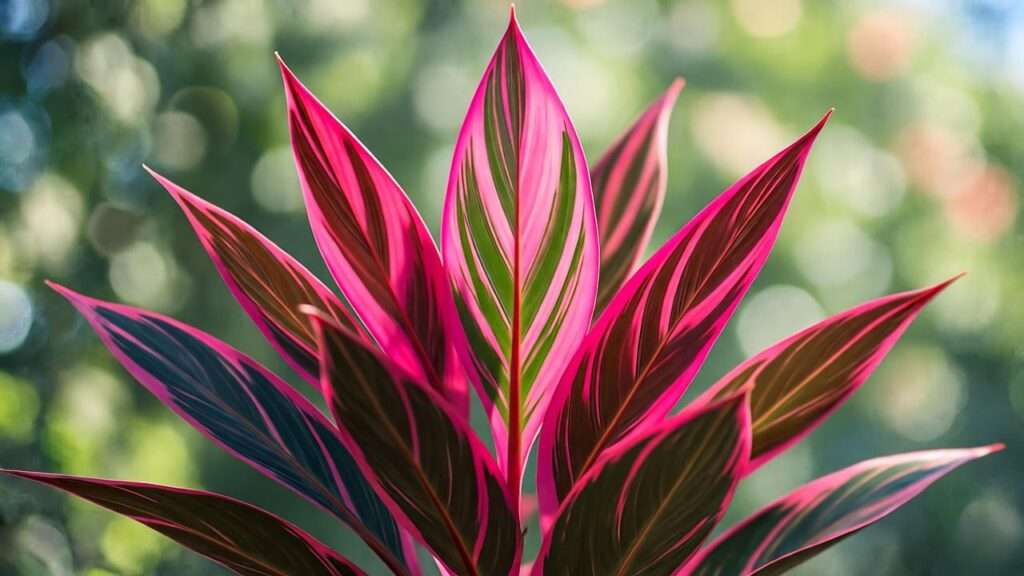Imagine a plant so striking it transforms any space into a tropical paradise, with leaves bursting in shades of pink, burgundy, and green. Meet the Red Sister Plant (Cordyline fruticosa ‘Red Sister’), a showstopper that’s stealing hearts in homes and gardens worldwide. Whether you’re a seasoned plant parent or a beginner, this guide is your roadmap to growing a vibrant, healthy Red Sister Plant. From light and watering to troubleshooting common issues, we’ll cover everything you need to ensure your plant thrives. Backed by horticultural expertise and practical tips, this comprehensive care guide will help you unlock the full potential of this tropical beauty. Let’s dive in! 🌴
What is the Red Sister Plant? 🌴
Overview of Cordyline fruticosa ‘Red Sister’ 🌸
The Red Sister Plant, scientifically known as Cordyline fruticosa ‘Red Sister’, is a vibrant tropical plant native to Southeast Asia and the Pacific Islands. A member of the Asparagaceae family, it’s closely related to the Ti Plant and is celebrated for its bold, multicolored foliage. This evergreen perennial grows in a rosette pattern, typically reaching 3–6 feet tall indoors and up to 10 feet in ideal outdoor conditions. Its compact size and eye-catching leaves make it a favorite for both novice and experienced gardeners.
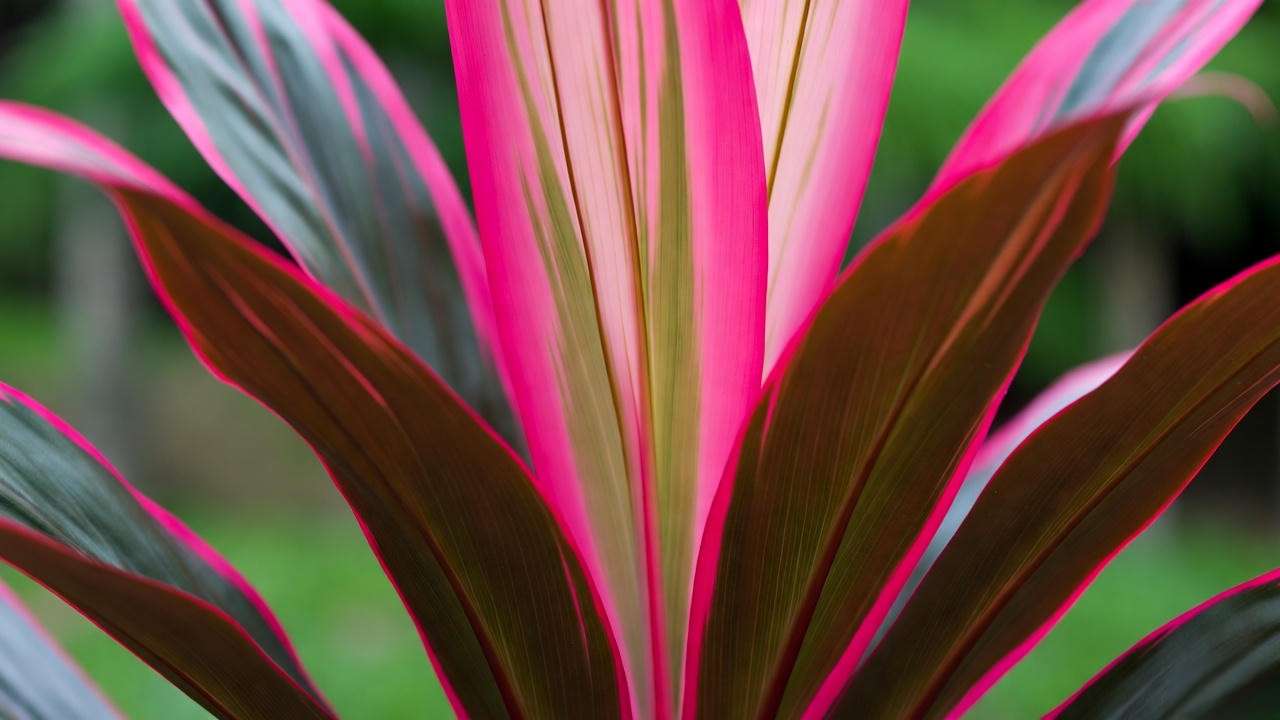
Unique Features of the Red Sister Plant 🌟
What sets the Red Sister apart is its stunning foliage. The leaves, a mix of deep burgundy, hot pink, and green, create a dramatic effect that elevates any space. Unlike other Cordyline varieties, the Red Sister’s vibrant colors intensify with proper care, making it a standout choice. It’s versatile, thriving as a houseplant, patio accent, or garden focal point in USDA zones 9–11. Its tropical vibe pairs perfectly with modern or bohemian decor, and it’s less finicky than many other exotic plants.
Why Choose a Red Sister Plant? Benefits and Appeal 🌿
The Red Sister Plant isn’t just a pretty face—it’s a practical choice for plant lovers. Its bold colors add instant visual interest, making it a perfect statement piece for living rooms, offices, or patios. According to NASA’s Clean Air Study, Cordyline plants contribute to improved indoor air quality by filtering toxins like benzene. Plus, they’re relatively low-maintenance compared to other tropicals like orchids or fiddle-leaf figs. Growing a Red Sister Plant brings a sense of accomplishment and joy, as its vibrant foliage brightens your space and mood. 🌞
Essential Care Requirements for a Thriving Red Sister Plant 🌞
Light Requirements ☀️
Light is the key to unlocking the Red Sister Plant’s vibrant colors. It thrives in bright, indirect light, such as near an east- or west-facing window indoors. Outdoors, it prefers partial shade to protect its leaves from scorching. Too much direct sunlight can fade its colors or cause leaf burn, while low light dulls its vibrancy. Aim for 6–8 hours of filtered light daily. For indoor plants, consider supplementing with a grow light during winter months to maintain those stunning hues.
Tip: Rotate your plant every few weeks to ensure even light exposure and balanced growth.
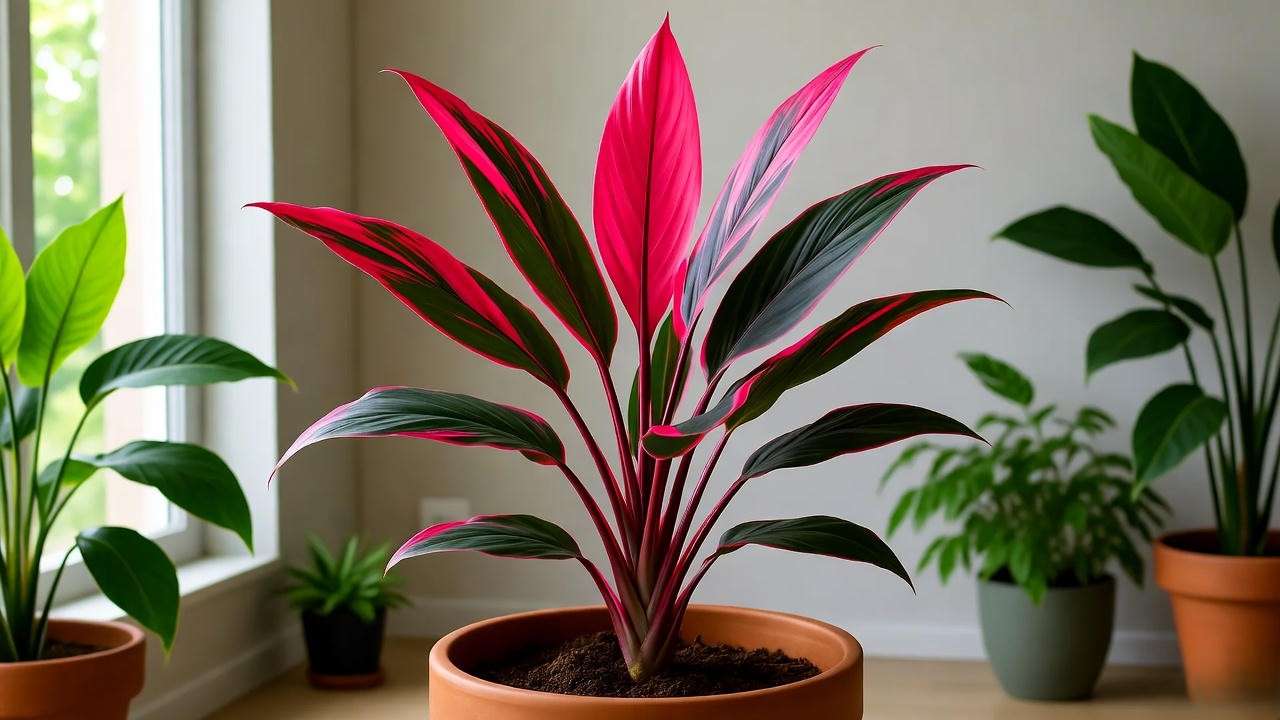
Watering Needs 💧
Proper watering keeps your Red Sister Plant healthy and happy. Keep the soil consistently moist but not soggy. Water thoroughly when the top inch of soil feels dry, typically every 7–10 days, depending on humidity and season. In winter, reduce watering as growth slows. Overwatering can lead to root rot, signaled by yellowing leaves, while underwatering causes brown, crispy tips.
Expert Insight: Red Sister Plants are sensitive to fluoride in tap water, which can cause leaf tip burn. Use distilled or rainwater for best results, and ensure pots have drainage holes to prevent water buildup.
Soil and Potting Mix 🌱
A well-draining, slightly acidic soil mix is essential for Red Sister Plants. A blend of peat moss, perlite, and potting soil (pH 6.0–6.5) works best. Avoid heavy, clay-like soils that retain too much water. When potting, choose a container with drainage holes to prevent root rot. Repot every 1–2 years or when roots become crowded, typically in spring.
Repotting Guide:
- Gently remove the plant from its pot.
- Trim any damaged roots.
- Place in a slightly larger pot with fresh soil mix.
- Water thoroughly and keep in indirect light for a week.
Temperature and Humidity 🌡️
Red Sister Plants thrive in warm, humid conditions, mimicking their tropical origins. Maintain temperatures between 65–85°F (18–29°C) and avoid cold drafts or sudden temperature swings. Humidity levels of 50–60% are ideal. In dry climates or heated homes, use a humidifier, mist the leaves weekly, or place a tray of water with pebbles near the plant. Low humidity can cause brown leaf tips, so monitor your environment.
Fertilizing for Vibrant Growth 🌼
To keep your Red Sister Plant’s foliage vibrant, fertilize every 4–6 weeks during the growing season (spring and summer) with a balanced, water-soluble fertilizer (e.g., 10-10-10). Dilute to half-strength to avoid over-fertilization, which can cause leaf burn or salt buildup in the soil. In fall and winter, stop fertilizing as the plant enters dormancy.
Warning: Yellowing leaves or stunted growth may indicate nutrient deficiency, while brown, scorched leaves suggest over-fertilization. Flush the soil with water if you suspect buildup.
Pruning and Maintenance ✂️
How to Prune for Health and Aesthetics 🌿
Regular pruning keeps your Red Sister Plant healthy and attractive. Remove dead, yellowing, or damaged leaves at the base using clean, sharp shears to prevent disease. To encourage bushier growth, trim leggy stems just above a node. Pruning is best done in spring to align with the plant’s growth cycle. Dispose of cuttings carefully, as the plant is toxic to pets if ingested.
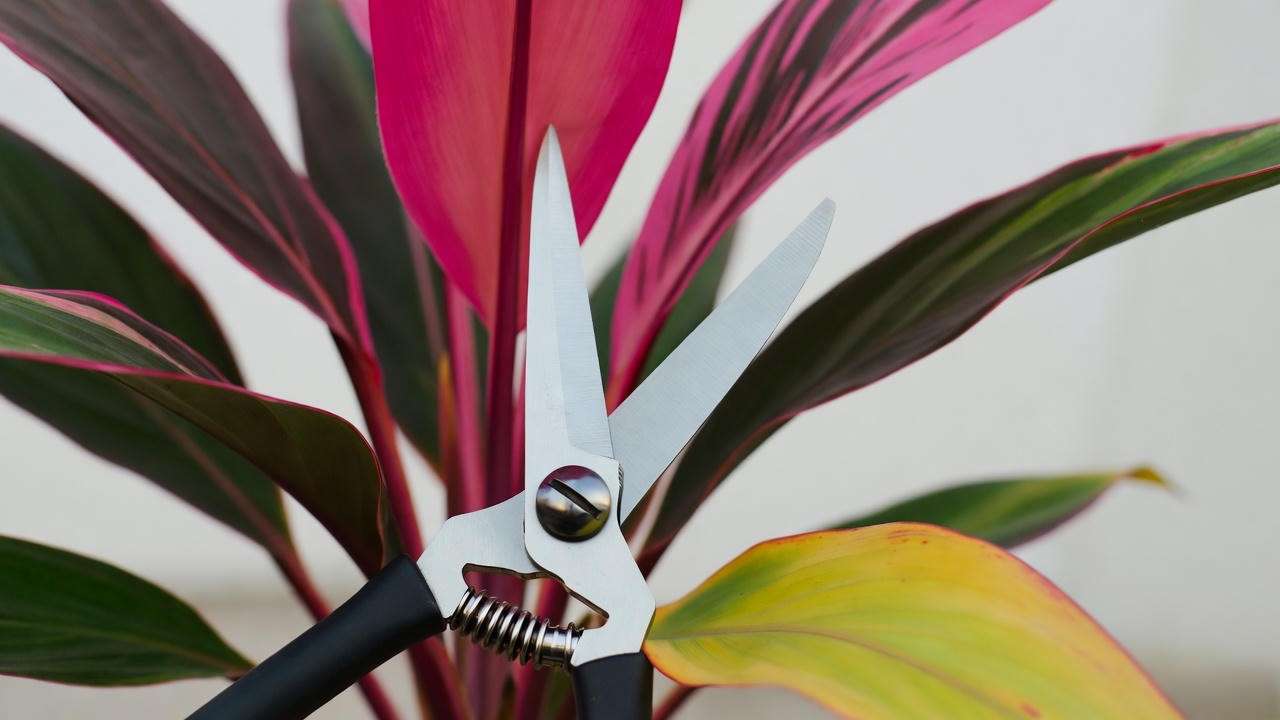
Cleaning Leaves for Maximum Shine 🧼
Dust on leaves can block sunlight and reduce photosynthesis. Wipe the leaves monthly with a damp cloth to keep them glossy and healthy. Avoid commercial leaf shine products, as they can clog pores. For a natural shine, mix a few drops of mild dish soap with water for cleaning.
Tip: Cleaning also helps you spot pests or early signs of disease, keeping your plant in top shape.
Common Problems and Solutions 🐞
Pests to Watch For 🕷️
Red Sister Plants can attract pests like spider mites, mealybugs, and scale, especially in dry or crowded conditions. Look for webbing (spider mites), white cottony masses (mealybugs), or small brown bumps (scale). Treat infestations with neem oil or insecticidal soap, applied weekly until pests are gone. Prevent issues by maintaining humidity and avoiding overwatering.
Prevention Tip: Quarantine new plants for 2–3 weeks to ensure they’re pest-free before placing them near your Red Sister.
Diseases and Fungal Issues 🍄
Root rot, caused by overwatering or poor drainage, is a common issue. Symptoms include mushy roots and wilting leaves. To fix, trim affected roots, repot in fresh soil, and adjust watering habits. Leaf spot, caused by fungi, appears as brown or black spots. Treat with a fungicide and improve air circulation around the plant.
Troubleshooting Foliage Issues 🌿
- Faded Colors: Move to brighter, indirect light or check for nutrient deficiency.
- Brown Tips: Increase humidity or switch to fluoride-free water.
- Drooping Leaves: Check for overwatering, underwatering, or temperature stress.
Expert Tip: Keep a care journal to track light, water, and humidity changes, making it easier to diagnose issues.
Propagating the Red Sister Plant 🌱
Step-by-Step Propagation Guide 🌿
Propagating your Red Sister Plant is a rewarding way to expand your collection or share with friends. The two primary methods are stem cuttings and division, with stem cuttings being the most common for home gardeners. The best time to propagate is in spring or early summer when the plant is actively growing.
Stem Cutting Method:
- Select a Healthy Stem: Choose a 4–6 inch stem with at least 2–3 nodes (where leaves attach). Use clean, sharp shears to make a clean cut.
- Prepare the Cutting: Remove lower leaves, leaving 2–3 at the top. Optionally, dip the cut end in rooting hormone to speed up rooting.
- Root in Water or Soil:
- Water: Place the cutting in a jar of distilled water, ensuring nodes are submerged. Change the water every 3–4 days. Roots should appear in 2–4 weeks.
- Soil: Plant the cutting in a moist, well-draining mix (peat and perlite). Cover with a plastic bag to maintain humidity.
- Transplant: Once roots are 1–2 inches long, pot the cutting in a small container with standard Red Sister soil mix.
- Care for New Plants: Keep in bright, indirect light and maintain moist soil until established.
Division Method:
- Best for mature plants with multiple stems.
- Gently separate the root ball into sections, ensuring each has roots and foliage.
- Replant divisions in individual pots with fresh soil mix.
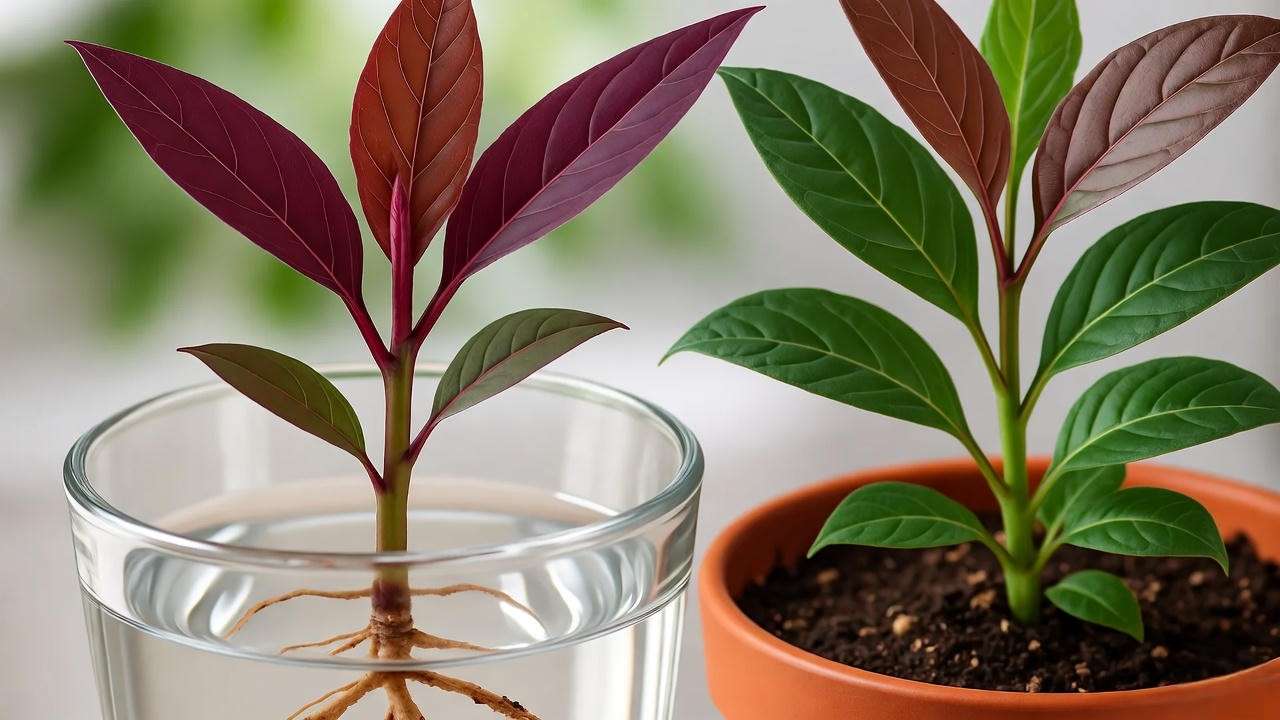
Tips for Success 🌟
- Maintain high humidity (60–70%) for cuttings to prevent wilting.
- Use a heat mat to keep soil temperatures around 70–75°F (21–24°C) for faster rooting.
- Avoid direct sunlight on new cuttings to prevent stress.
- Common pitfalls: Overwatering cuttings or using unsterilized tools, which can introduce rot or disease.
Expert Insight: Patience is key—rooting can take up to 6 weeks. Check progress gently to avoid damaging delicate new roots.
Styling and Decorating with Red Sister Plants 🏡
Indoor Design Ideas 🪴
The Red Sister Plant’s vibrant foliage makes it a natural focal point for indoor spaces. Its bold colors complement a variety of aesthetics, from modern minimalism to tropical bohemian. Here are some ideas to showcase your plant:
- Statement Piece: Place in a sleek, white ceramic pot on a living room side table to draw attention.
- Group Display: Pair with other tropicals like pothos or peace lilies for a lush, jungle-like corner.
- Office Accent: Position near a desk to add a pop of color and boost mood, as studies show plants reduce workplace stress.
Choose pots in neutral tones (white, gray) or bold hues (navy, terracotta) to enhance the plant’s multicolored leaves. Ensure the pot has drainage holes to align with care needs.
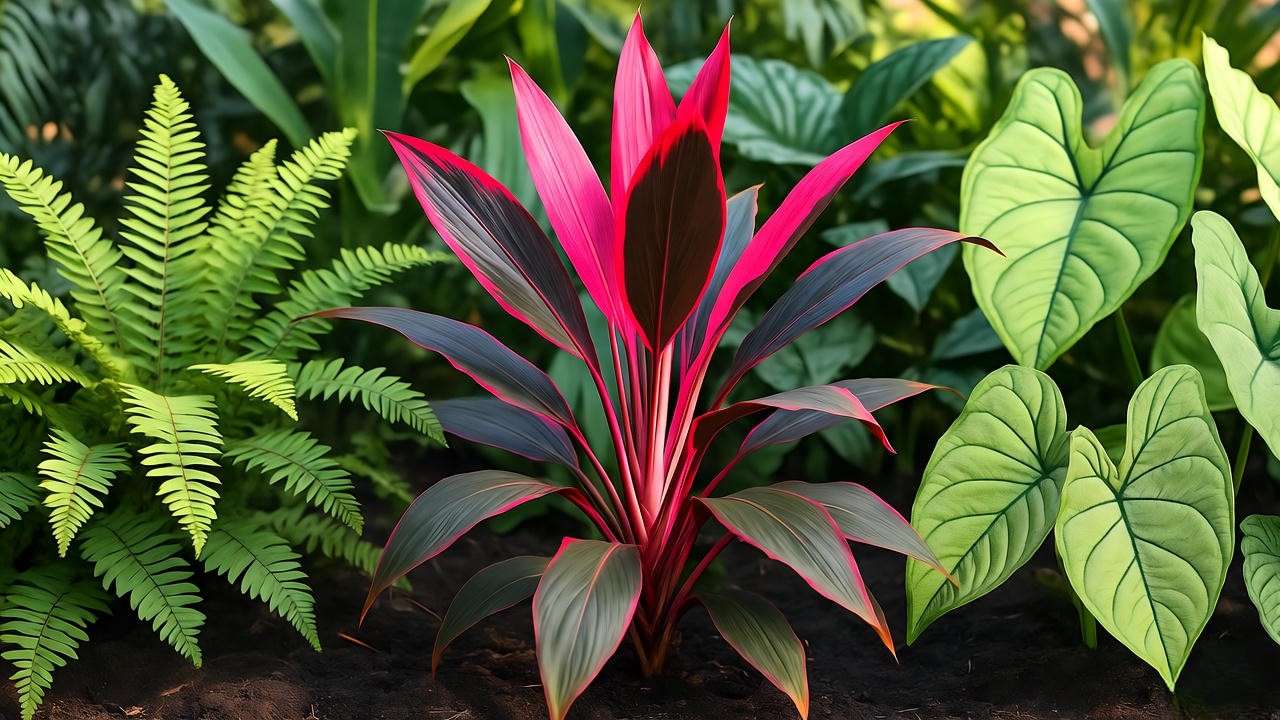
Outdoor Landscaping Tips 🌳
In warm climates (USDA zones 9–11), Red Sister Plants shine in outdoor settings. Use them to create a tropical oasis:
- Garden Beds: Plant alongside ferns, caladiums, or hostas for a vibrant, layered look.
- Patio Containers: Combine with trailing plants like sweet potato vine for a stunning container garden.
- Focal Point: Use as a centerpiece in a mixed border, surrounded by low-growing annuals.
Ensure outdoor plants receive partial shade to protect from intense afternoon sun. Mulch around the base to retain moisture and regulate soil temperature.
Tip: In colder climates, bring potted Red Sister Plants indoors before the first frost to overwinter safely.
Expert Insights: Advanced Care Tips 🌟
For plant enthusiasts looking to take their Red Sister care to the next level, consider these advanced tips from horticulturists:
- Color Enhancement: To intensify pink and burgundy hues, ensure consistent light exposure and supplement with a phosphorus-rich fertilizer (e.g., 5-10-5) during the growing season.
- Seasonal Adjustments: In winter, reduce watering to every 10–14 days and move indoor plants away from cold windows. In summer, increase humidity with daily misting during heatwaves.
- Myth-Busting: Contrary to popular belief, Red Sister Plants don’t need full sun. Too much direct light can bleach their vibrant colors, so prioritize filtered light.
- Case Study: A Florida gardener reported their Red Sister Plant doubled in size after switching to rainwater and adding a monthly seaweed-based fertilizer, demonstrating the power of tailored care.
These insights, drawn from years of tropical plant cultivation, ensure your Red Sister remains a showstopper year-round.
FAQs About Red Sister Plant Care ❓
Q1: Why are my Red Sister Plant’s leaves turning brown?
A: Brown leaves often indicate low humidity, fluoride in tap water, or overwatering. Increase humidity with a humidifier, use distilled water, and check soil drainage.
Q2: Can I grow a Red Sister Plant in low light?
A: Low light dulls the plant’s colors and slows growth. Aim for bright, indirect light or supplement with a grow light for best results.
Q3: How often should I fertilize my Red Sister Plant?
A: Fertilize every 4–6 weeks in spring and summer with a balanced, diluted fertilizer. Skip feeding in fall and winter.
Q4: Is the Red Sister Plant toxic to pets?
A: Yes, it’s toxic to cats and dogs if ingested, causing vomiting or lethargy. Keep out of reach or choose pet-safe plants like spider plants.
Q5: How do I revive a struggling Red Sister Plant?
A: Identify the issue (e.g., overwatering, low light), adjust care, and trim damaged leaves. Repot if root rot is present, and provide consistent care to encourage recovery.
Conclusion: Your Path to a Thriving Red Sister Plant 🌺
The Red Sister Plant is more than just a houseplant—it’s a vibrant addition that brings tropical flair to any space. By providing bright, indirect light, consistent moisture, well-draining soil, and proper humidity, you’ll unlock its full potential. Troubleshooting pests, adjusting care seasonally, and styling creatively will keep your plant thriving and turning heads. Whether you’re a beginner or a seasoned gardener, these expert-backed tips ensure success. Share your Red Sister Plant journey in the comments, or explore our related guides on tropical plant care to keep your green oasis growing! 🌿

